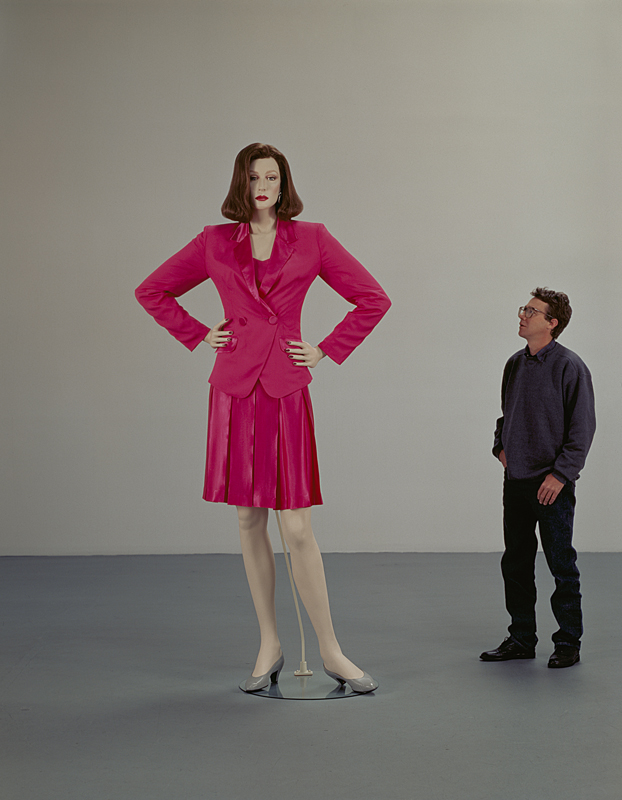“The Encyclopedic Palace,” Massimiliano Gioni’s tour de force at the center of the 55th Biennale di Venezia, is an amazing show about fixations, obsessions, the passions of desire and the transformative capacity of the mind’s eye. It is a wonderfully vast array of artwork, artifacts, agglomerations and notes, even including intensely solipsistic collections and downright weird taxonomies. It is a good place to get lost in some significant reveries without the obtrusiveness of the art market or existing art world hierarchies.
The surprises housed in the Palace are too numerous to list, but one could begin with the choice of placing Carl Jung’s Red Book as the ideal core. This 16-year, personal labor of love in which the famous psychoanalyst explored the visions and hallucinations which he considered as the source and necessity of his subsequent analytical process gives the visitor a sense of what the Palace is home to. The exhibition is primarily about the interior life of the art maker and how their sense of self is enshrined and encapsulated in the objects and images they make, collect, collate or simply catalog.
With the curatorial intent to “blur” lines and take ”an anthropological approach to the study of images,” the Palace contests the undisputed hegemony of simulacra. “What is the point of creating an image of the world when the world itself has become increasingly like an image?” The result is a refreshing shift from the usual list of contemporary art brand names to the strange and fragile company of the driven and truly singleminded.
Between the odd and uncanny dollhouses dredged up from memories of her Transylvanian home by Andra Ursuta and the Déjà Vu-Do doll and cage plinth created by John Outterbridge from his multicultural perspective, there is quite a distance. A bridge is formed if you look at their mutual understanding of how any given environment and its conditions create a home for the spirit, for better and worse.
The giant Fall ’91 (1992) mannequin of a woman by Charles Ray vies for attention as a Gnostic figure of quasi-religious meaning with her Giovanni Bellini Madonna blue attire and upraised hand gesture bestowing grace. Tino Sehgal performers alternate in dance movements between prostrate and kneeling positions while laments or protean nursery rhymes fill the air. The difference in age suggests a generational transfer. The connective tissue between these artists is how the figure is both some concrete identity and a model or embodiment of something collectively shared.
The collection of split stones and minerals amassed by Roger Caillois is motivated by the same obsessive need to find and order archetypes that is crucial to the carefully structured works by Channa Horwitz. Their apparently different sets of collected samples are united by the abundant and systematic energy underlying each.
The Palace presents works of contemporary art, historical works, reference materials and works that are not works of art: all propose visions that prod the imagination to look beyond the everyday. The “Encyclopedic Palace” is an intricate and nuanced proposal, as valuable and significant a hypothesis as has been advanced recently.
The 55th International Art Exhibition, The Encyclopedic Palace, curated by Massimiliano Gioni and organized by la Biennale di Venezia chaired by Paolo Baratta, opened to the public from June 1 to November 24, 2013 at the Giardini and at the Arsenale.


